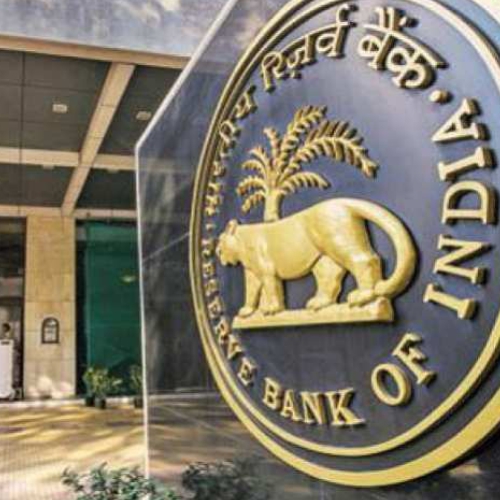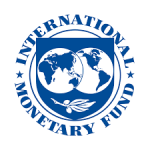New Delhi [India], May 30 (ANI): The outlook for the Indian economy remains bright, backed by a sustained strengthening of various macroeconomic fundamentals, robust financial and corporate sectors, said Reserve Bank of India in its annual report published on Thursday.
In the 284-page report, RBI said the government’s continued thrust on capital expenditure while pursuing fiscal consolidation, and consumer and business optimism augur well for investment and consumption demand.
The Indian economy is exhibiting strength and stability with robust macroeconomic fundamentals and financial stability. The country has emerged as the fastest growing major economy in the world and a leading contributor to global growth.
For 2024-25, the government is set to spend on capital expenditure at Rs 11 trillion, or about 3.4 per cent of GDP. This is almost 4.5x from a decade before.
The prospects for agriculture and rural activity appear favourable due to the ebbing El Nino and the expected above normal southwest monsoon. El Nino is a climate pattern that describes the unusual warming of surface waters in the eastern Pacific Ocean
The extension of Pradhan Mantri Garib Kalyan Anna Yojana (PMGKAY) scheme for a period of five more years with effect from January 1, 2024 will strengthen national food security, the central bank’s report noted.
The traction in construction activity is likely to be sustained, supported by both residential and non-residential real estate demand.
Emerging sectors like renewable energy and semiconductors are expected to make rapid advances on the back of the recent initiatives.
Investments under the production-linked incentive (PLI) scheme are likely to gain further momentum going forward.
“These factors are expected to create new employment opportunities, improve labour incomes and strengthen domestic demand,” RBI noted.
Taking into account all these factors, real GDP growth for 2024-25 is projected at 7.0 per cent.
Moving on to inflation, it asserted that the easing of supply chain pressures, broad-based softening in core inflation and early indications of an above normal southwest monsoon augur well for the inflation outlook in 2024-25.
Headline inflation moderated by 1.3 percentage points (100 basis points is equal to 1 percentage point) on an annual average basis to 5.4 per cent in 2023-24.
The increasing incidence of climate shocks, however, imparts considerable uncertainty to the food inflation and overall inflation outlook, it cautioned.
Low reservoir levels, especially in the southern states and the outlook of above normal temperatures during the initial months of 2024-25 need close monitoring, it suggested.
“The volatility in international crude oil prices, the persisting geopolitical tensions and elevated global financial market volatility also pose upward risk to the inflation trajectory.”
Taking into account these factors, CPI inflation for 2024-25 is projected at 4.5 per cent.
As the path of disinflation needs to be sustained till inflation reaches the 4 per cent target on a durable basis, the MPC in its April 2024 meeting, kept the policy repo rate unchanged at 6.50 per cent and noted that monetary policy must continue to be actively disinflationary to ensure anchoring of inflation expectations and fuller transmission.
The Reserve Bank said it will remain “nimble and flexible” in its liquidity management.
Further, the report said India’s merchandise exports should benefit from the projected rebound in global trade, but with downside risks from ongoing geopolitical conflicts and geoeconomic fragmentation.
The current account deficit is expected to remain manageable in 2024- 25 given the resilient services trade balance and large inward remittance receipts on the one hand, and stable capital flows, on the other.
India’s share in world remittance receipts is estimated to increase to 15.2 per cent in 2024 from 11.1 per cent in 2019, the report said, citing World Bank data.
The inclusion of India’s sovereign bonds in major global bond indices ahead is also expected to support FPI flows.
The opportunities in bilateral and multilateral trade agreements to facilitate greater participation in global value chains (GVCs), expanding reach to newer markets, and leveraging international trade in the Indian Rupee, would boost exports and FDI inflows, and strengthen external sector’s resilience. (ANI)












